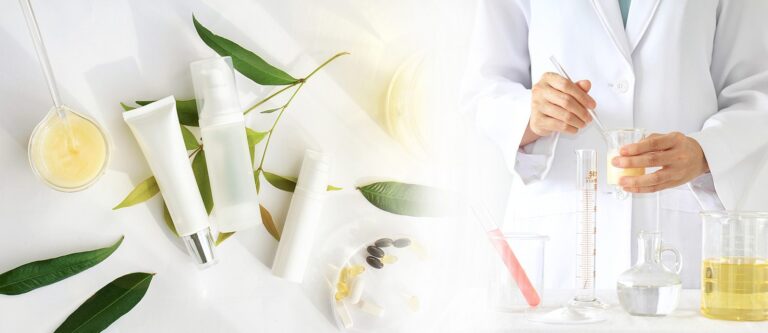

From eliminating greenwashing through blockchain technology and government-mandated evidence of eco-friendly marketing claims through the Green Claims Code and our own Australian ACCC latest draft guidance to improve businesses’ environmental claims to democratizing access to sustainability substantiation, the realms of ingredient transparency have certainly made great strides. However, with 94% of UK consumers stating that brands need to show more sustainability transparency, there is still more work to be done. To understand the social and environmental impacts of the formulations and products we are selling to consumers, we need to be more diligent in the transparency as this is the
Are we entering a new era of cosmetic regulation? Certain acts and regulations related to cosmetics can vary by country or region. These regulations often focus on ensuring the safety, labelling, and advertising standards of cosmetic products. In the US, recent developments in MoCRA (Modernizing Cosmetics Regulation Act) have come to light. What you may not know is exactly what the legislation means for your company in terms of necessary adjustments in operations and strategy. There’s plenty to learn about MoCRA and its implications for your organisation – including new records to be created and maintained; testing that must be



©2023 ph Factor | We Create The Different | Suite 1, 8a Fisher Place Narwee NSW 2209 | Ph: (02) 9533 1751 | Site Credit
©2023 ph Factor | We Create The Different | Suite 1, 8a Fisher Place Narwee NSW 2209 | Ph: (02) 9533 1751 | Site Credit